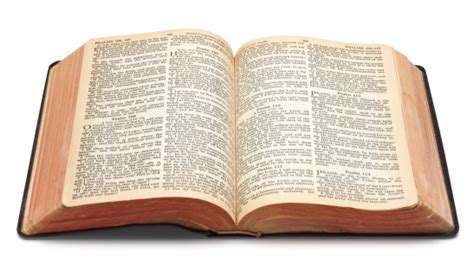You talk about interpreting the Temple literally (which I am) and discuss the Holy of Holies being a replica of the things in Heaven, in the Throne room of God on High...
Which is all well and good... I don't disagree.
But you seem to be trying to argue against my "symbolic" interpretation of the veil, while seeming to agree with symbolic interpretations of the veil.
I am unclear what this has to do with various interpreting styles for understanding the book of Revelation - but there seems to be some determinative push for reasons unknown in a topic that has no relationship to how to interpret apocalyptic literature in the Bible.
But since you bring it up I only have one question for you, I'll make it really simple to answer.
Do you think a tapestry is hanging between us here on earth and the Throne room of God the Most High in heaven which is keeping us from the fullness of His presence?
Or do you suppose just maybe, the physical tapestry represents something else other than a carpet between heaven and earth?
Yes, that tapestry, that veil, on earth and in the Heavens, kept us from, not only the fullness of God, but protected us from being killed by God.
(Lev. 21:23) "Only he shall not go in unto the vail, nor come nigh unto the altar, because he hath a blemish; that he profane not my sanctuaries; for
I the LORD do sanctify them." Do you believe that?
(Heb. 9:7) "But into the second went the high priest
alone once every year, not without blood, which he offered for himself, and for the errors of the people." Do you believe that?
You ask, 'what this has to do with various interpreting styles'? Everything. Because all is not a symbol to be interpreted in some 'deeper' and 'spiritual' manner. The Tabernacle is not a symbol. Yet it reveals much truth about God and Christ and salvation. The Tabernacle was real. The vail was real. Jesus flesh is real.
Yet many like to always declare things in Scripture 'symbolic'. Why? Because then 'they' are the ones who determine it's meaning. Never mind what it 'literally' says...because that is just 'symbolic'.
Symbolic as a method of interpretation, simply says anyones interpretation is fine and good.
As I said, the tearing of that physical vail is proof that it was no symbol. It represented a barrier between God and man. It's tearing took place because God is the One who tore it. It was torn on earth because it was torn in Heaven.
That is not symbolic. That is the real McCoy.
Lees

